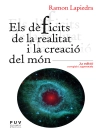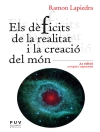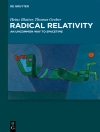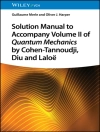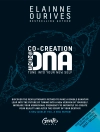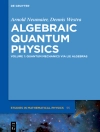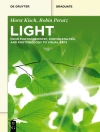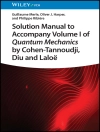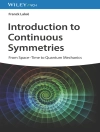This book starts with the mathematical basis of the theory – i.e. provide a brief sketch of the theory of manifolds and frame bundles, tensors and their transformations, relativistic kinematics, and aspects of non-flat space-time geometries. The definition of relevant physical quantities (torsion, curvature, non-metricity, tetrads, connection fields etc.) and important geometry concepts are also included. The main body of the book is devoted to a detailed derivation of the gauge theory of gravitation for scalar, vector (Proca and Maxwell) and Dirac spinor fields. Alternative approaches based on the Noether theorem and on the spinorial representation of the fields are also addressed, as well as important novel features related to the CCGG framework (Birkhoff theorem, field derivative identities etc.). In the last section of the volume the application of the CCGG theory to cosmology will be set out, resulting in a new understanding of dark energy and inflation.
Jadual kandungan
Introduction.- Relativistic Space-times.- Theorem for Scalar-valued Functions of Absolute and Relative Tensors.- Gauge Theory of Gravity.- Spinor Representation of the Gauge Theory of Gravity for Fermions.- Noether’s Theorem.- A Note on Birkhoff’s Theorem.- Implications to Cosmology.
Mengenai Pengarang
David Vasak studied theoretical nuclear physics and mathematics at the Goethe University in Frankfurt, Germany. His research work dealt with heavy-ion physics (diploma thesis) and with dynamics of quark matter (Ph D thesis). Later, as guest scientist at the Gesellschaft für Schwerionenforschung (GSI) in Darmstadt, Germany, and as research scientist at the Lawrence Berkeley Laboratory at Berkeley, California, USA, he developed the quantum version of the relativistic transport theory of fermions in external fields. After a career in technology and management consulting he returned to physics working now at the Frankfurt Institute for Advanced Studies (FIAS) in Frankfurt, Germany, on the novel gauge theory of gravity (CCGG) and its cosmological implications.
Jürgen Struckmeier studied physics at the Goethe University in Frankfurt, Germany. His research work dealt with charged particle optics (diploma thesis) and with space charge effects in intense chargedparticle beams (Ph D thesis). Later, as staff scientist at the Gesellschaft für Schwerionenforschung (GSI) in Darmstadt, Germany, he developed the covariant Hamiltonian version of classical field theories in his Habilitation thesis. The generalization of the Hamiltonian representation of field theories to a dynamics spacetime background then opened the door to work out a canonical transformation formulation of the gauge theory of gravity. In the year 2010, Dr. Struckmeier received the Professorship at the Physics faculty of the Goethe University Frankfurt. Prof. Struckmeier moved to the Frankfurt Institute for Advanced Studies (FIAS) in Frankfurt, Germany, where he has been a Fellow ever since. His research topics are broad, but recently he focused on diverse aspects of extensions of Einstein’s general theory of relativity. His covariant canonical gauge theory of gravity (CCGG) are at the center of numerous physical implications of CCGG in astrophysics and cosmology.
Johannes Kirsch studied physics, mathematics and economics at the Goethe University in Frankfurt, Germany. He graduated with degrees in physics and business administration and earned his doctorate at the Institute for Theoretical Physics in Frankfurt under Walter Greiner. After a career in industry, where he was responsible for hardware and software development in the field of medical technology in a large German industrial company, he joined the Frankfurt Institute for Advanced Studies (FIAS) and is now working on a gauge theory of gravitation in the covariant canonical transformation framework (CCGG), which leads to an extension of Einstein’s field equation. One focus of his research is its implications for cosmology.



